
Like an artist who paints on a flat canvas, a lighting design artisan can apply any color from a palette of millions and control the intensity and shape of each stroke on his three dimensional canvas or sorts. Carefully coordinated lighting designs have proven invaluable in the aesthetic transformations of everything from indoor architectural spaces to exterior facades and landscapes.
Chad Rothe, principal of Lightform, a lighting design consulting firm in Scottsdale, noted, “Lighting is the fourth dimension of architecture and without expert lighting design, even the most brilliantly crafted space may not be aesthetically pleasing. The Scottsdale nightclub E4 is an excellent example of Rothe’s ability to set the mood of a space and convey an emotion with lighting. The club is divided into four areas representing the elements of earth, wind, fire, and water. In the wind room an ambient glow of white seems to emanate from everywhere to give the feeling of being in the clouds, whereas in the fire room harsh uplights graze the dungeonous walls with rich crimson color filters that offer customers the feeling of drinking with the devil.”
The magic of lighting has long been exploited in other art forms such as photography, filmmaking and especially the theater. Architectural lighting has borrowed many of the techniques developed in these areas to enhance the style and character of commercial spaces and residential domains. Before electricity, theatrical actors were in the limelight when illuminated with the intense glow of burning lime. Arena stars of today are still in the spotlight, but the once burning lime has evolved into controlled beams of light from metal halide lamps.
In building design, this principle is generally referred to as accent lighting. The goal is to accent artwork or some architectural feature with lighting that is at least 30 percent brighter than its surroundings to make it pop. When accent lighting becomes significantly brighter than the background, it is considered to be more dramatic.
On the other end of the spectrum, fashion photographers have refined the skill of washing glamour models in soft lighting using umbrellas and soft boxes to evoke a more relaxed mood. Shadows are less harsh with a more uniform glow on the subject. The architectural version of soft lighting would be ambient lighting, e.g. the warm glow of a cove light on a barrel-vaulted ceiling allowing reflected light to come from many directions as opposed to a single source.
So which type of lighting is better: accent or ambient? A majority of quality lighting designs actually consist of a mix of both lighting layers in addition to a third, commonly referred to as the sparkle layer. In both accent and ambient lighting applications, the source of light is typically hidden from view as much as possible. The sparkle is added when the controlled brilliance of a light source is meant to be seen. Examples include decorative wall sconces or glistening chandeliers that act as the jewelry of the set design. Brightness of this level is expected to outshine the ambient light levels for contrast, but it is important the glare be kept to a minimum for comfort.
Lighting retailer Lamps Plus offers a free lighting seminar each month that gives attendees a first hand look at the benefits of layers of lighting. One demonstration is a mocked up dining room with a classic crystal chandelier over a table exquisitely set for two. The instructor turns the chandelier to full brightness and although it seems glary, everyone agrees that this is typically what they would expect to see in a model home. The instructor then dims down the chandelier to a comfortable warm glow and at the same time dims up two accent can lights recessed in the ceiling to illuminate the table to the point where the glasses and silverware are sparkling. From the audience, it appears the chandelier is the beautiful lighting element that is doing all the work, but it is actually only providing a bit of ambient light and a bit of sparkle from the lamps. This class is recommended for anyone interested in understanding basic lighting design principles and seeing example light fixtures available for home or any commercial project.
Balancing the effects of the three layers of lighting is the key to a winning design. Like the previous analogy of theatrical stage lighting, the performers are supposed to be the feature, not the lighting system. Theatrical lights are typically hidden from sight, and whether it is a touring musical or the local choir, the same lighting system can be aimed and focused to make each show memorable. “Just as the music in films is most successful when it is not consciously noticed by the filmgoer, properly designed lighting is most often effective when it is least obtrusive,” Rothe said.
In addition to borrowing techniques from the performing arts, architectural lighting often gives a tip of the hat to naturally occurring lighting phenomena. Roger Smith, who operates Roger Smith Lighting Designs, said, “There are so many wonderful lighting effects in the world around us. I feel an emotional connection to the tranquility of sunlight filtering through the shade of a Palo Verde tree; an effect that can be loosely emulated with a gobo filter. The glow of a candle and the warm flicker of a fireplace are evocative sources of light, as well as the monochromatic wash of moonlight and a twinkling field of starlight.”
Smith was the lighting consultant for the public art exhibit “The Doors” at the corner of Scottsdale Road and Camelback. The three larger-than-life doors are illuminated by cutting edge LED flush mounted uplights, but the magic can only be realized when a pedestrian steps inside the structure to see the infinite star field above.
Armed with a few photos from Architectural Digest, anyone can come up with a lighting concept for a new project or renovation, so why would someone want to spend money to hire a lighting expert? There is no denying that lighting design is an emerging art form, but in practice it is delicate balance of art and science. From the perspective of science it is a combination of technologies that include electricity, physics, psychology, economics, and environmental impacts. Lighting designers are a special breed of people who elicit proficiency with both right- and left-brain aptitudes. A license is not required to practice lighting design but the National Council on Qualifications for the Lighting Professions (NCQLP) has established a benchmark Lighting Certified (LC) credential. An annual test is given, in which applicants are tested on all facets of lighting to demonstrate knowledge and experience in the field. Twenty-seven lighting designers with the LC credential currently practice in Arizona.
In addition to their artistic flair for the way the lighting should look, lighting consultants help move design projects from concept to completion. They meet with the architect and interior designer to go over ceiling heights and finishes, the electrical engineer to review circuiting and dimming control systems and the owner to discuss choices of lamp technologies and cost estimates. They then produce blueprints to assist in the building permitting process. It is a balancing act to minimize energy usage without compromising the desired aesthetic.
The final step in the lighting design process is the aim and focus site visit. “This is where the magic takes place,” said Walter Spitz, owner of Creative Designs in Lighting. “The lighting is the icing on the cake and it needs to be fine tuned once artwork is hung and furniture is in place.”
Spitz has been in the business for 30 years and most of his 14 staff members take part in the aim and focus trips to verify that adjustable accent lights are accurately aimed at the artwork and each fixture is equipped with the right lamp and filters for the lighting design intent. This is when the designer is truly painting with light by setting the light levels, focusing in on key architectural features, and generally dialing-in the optimum look that brings the architecture to life.
[latest articles]
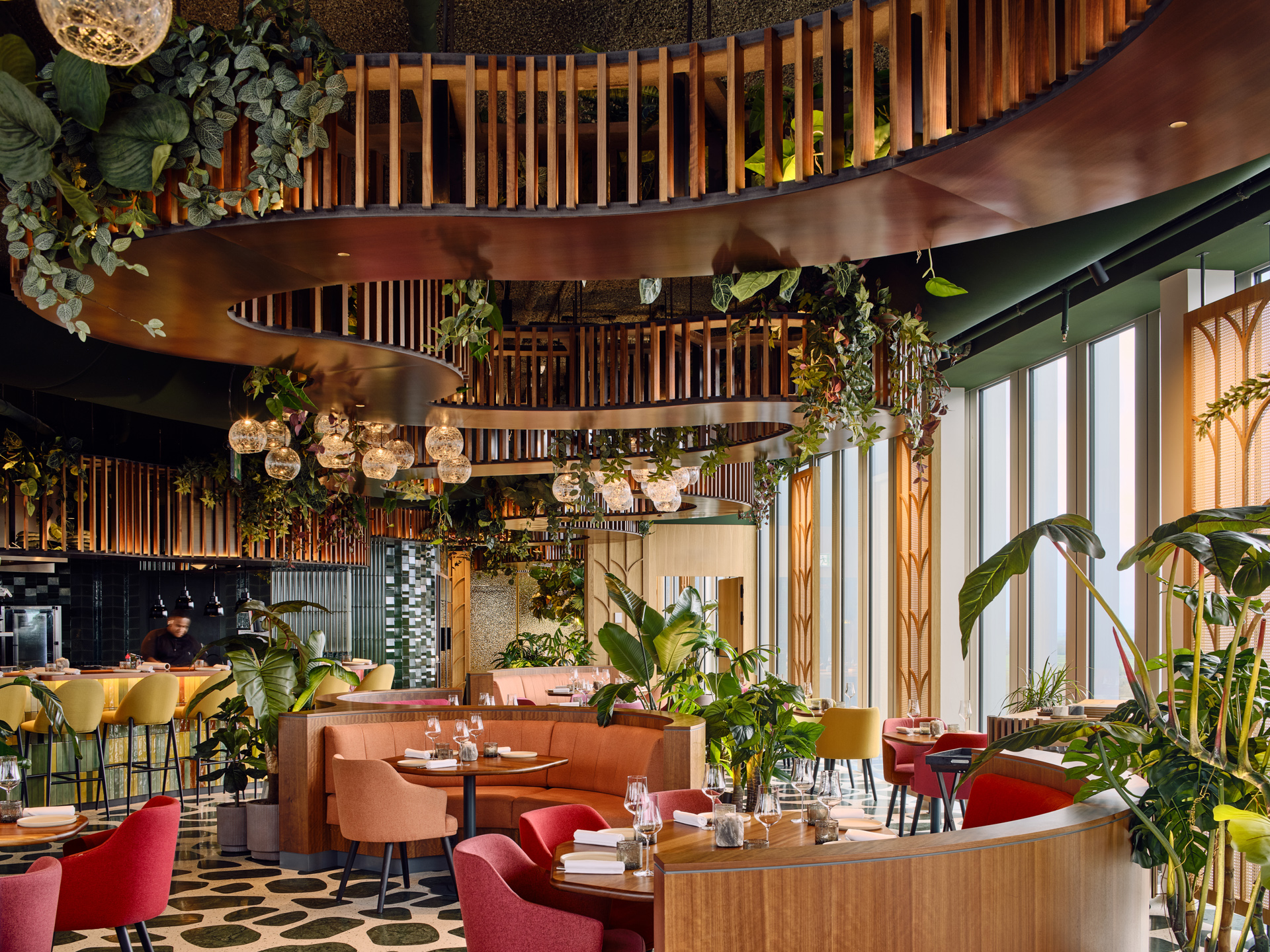
Selva Restaurant: A Design Inspired Dining Experience in Amsterdam
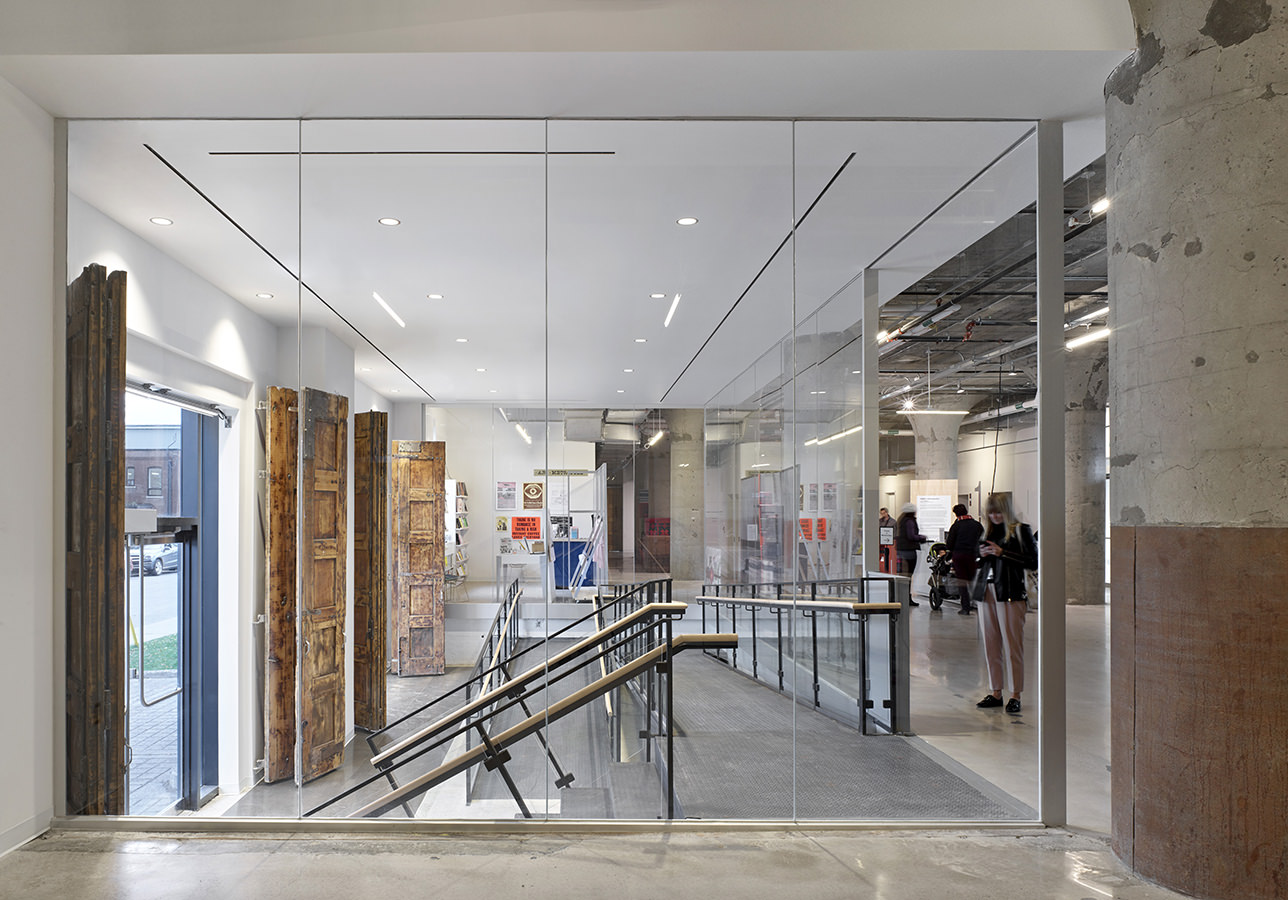
New Home of Toronto’s Museum of Contemporary Art
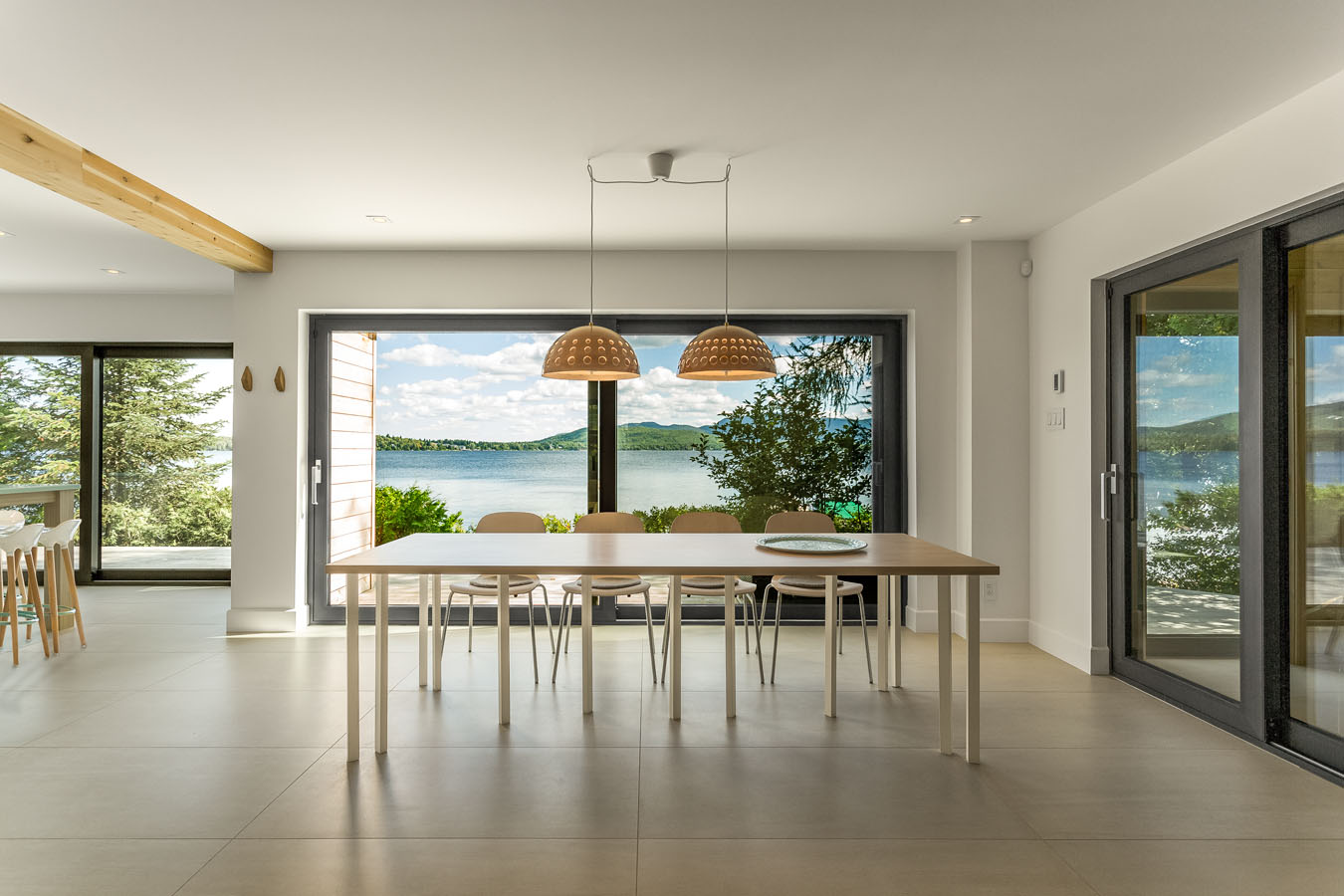
Nordic Architecture and Sleek Interior Design
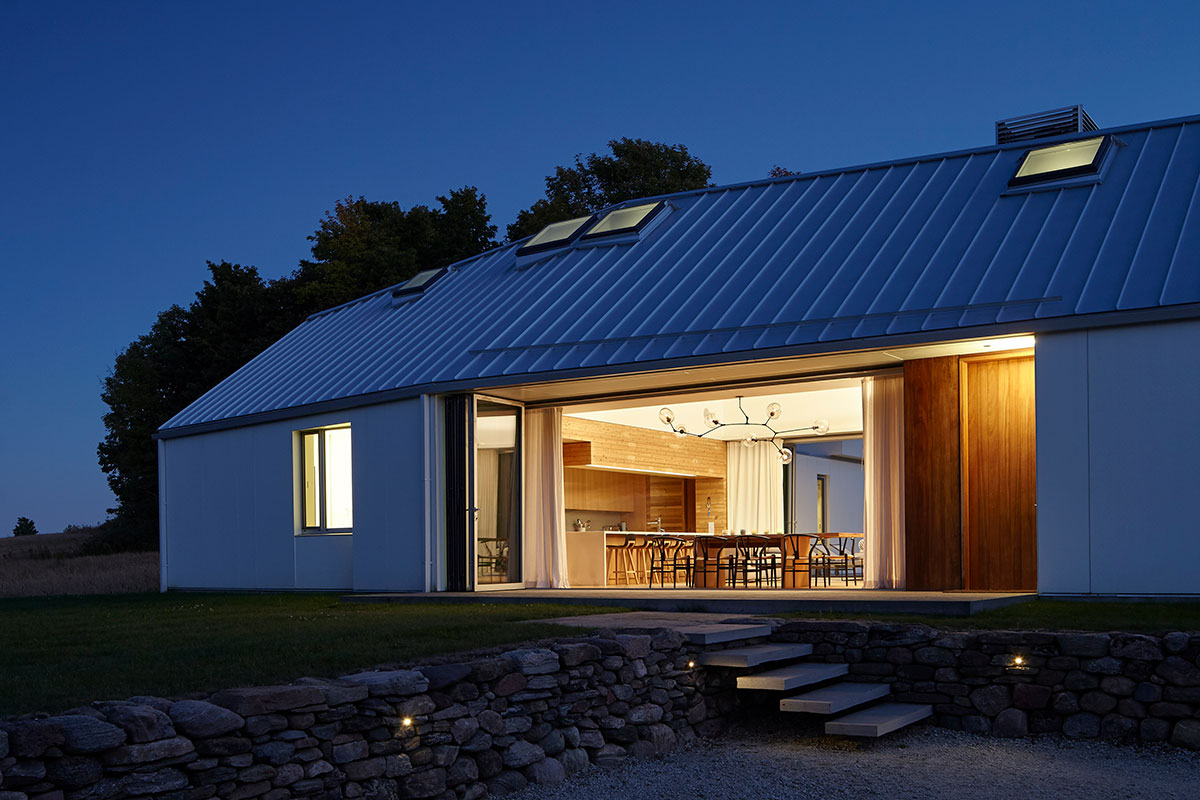
Charting a New Course at Compass House
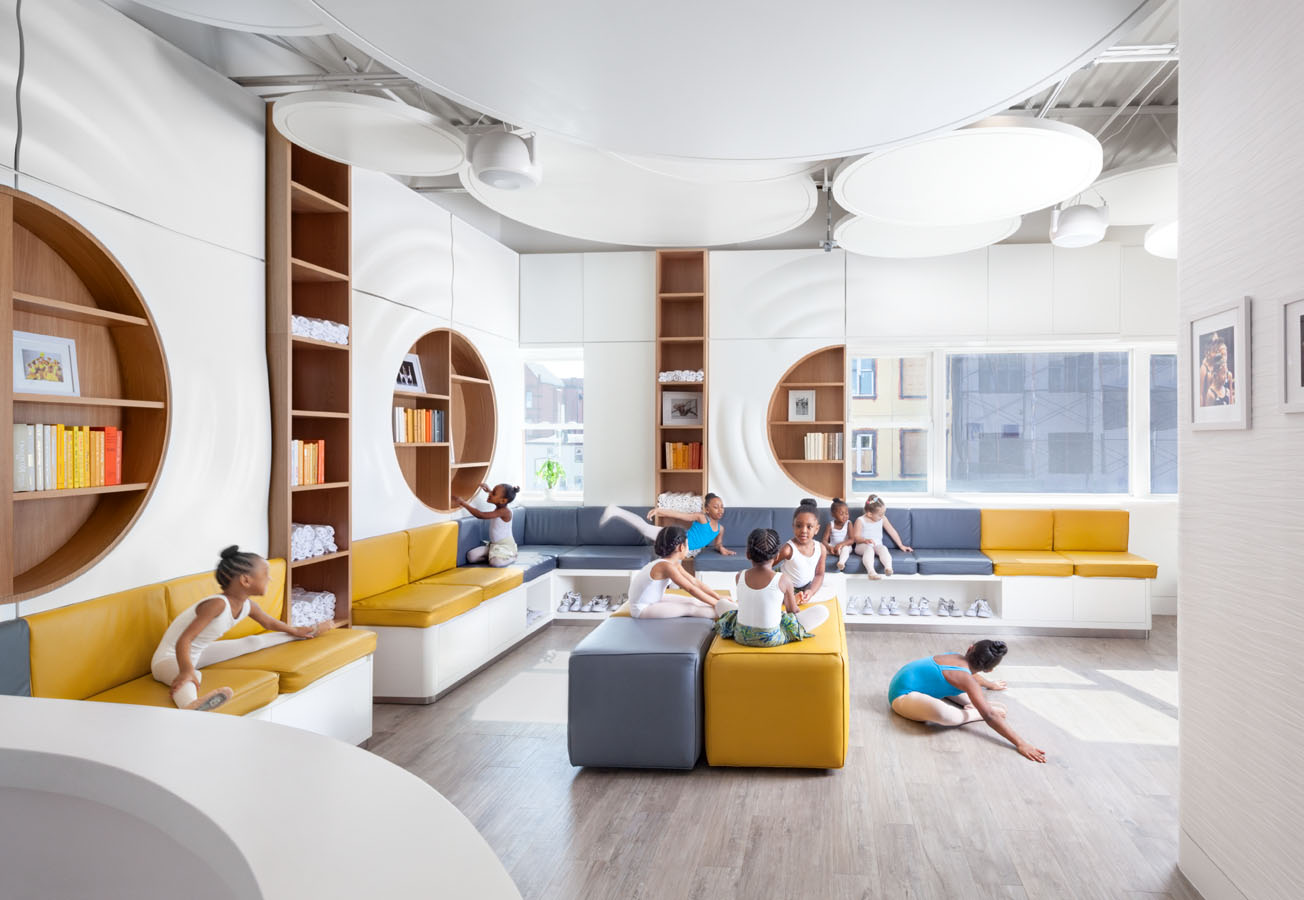


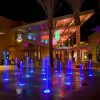

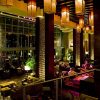
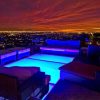
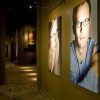
Nowadays there are really lots of thing you can do to design your own house and lights can be also a great tool in decorating you house to make it more dazzling and attractive.